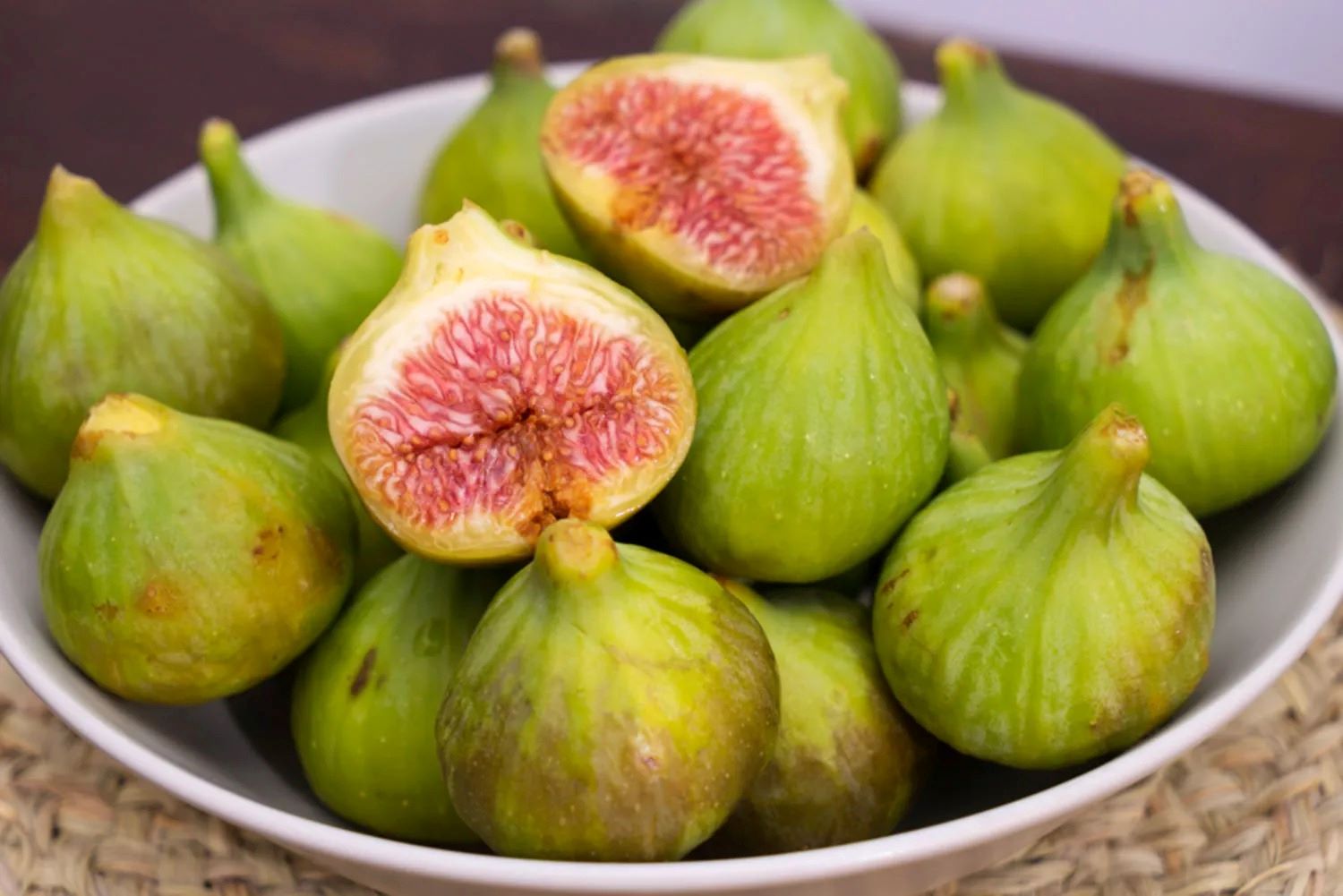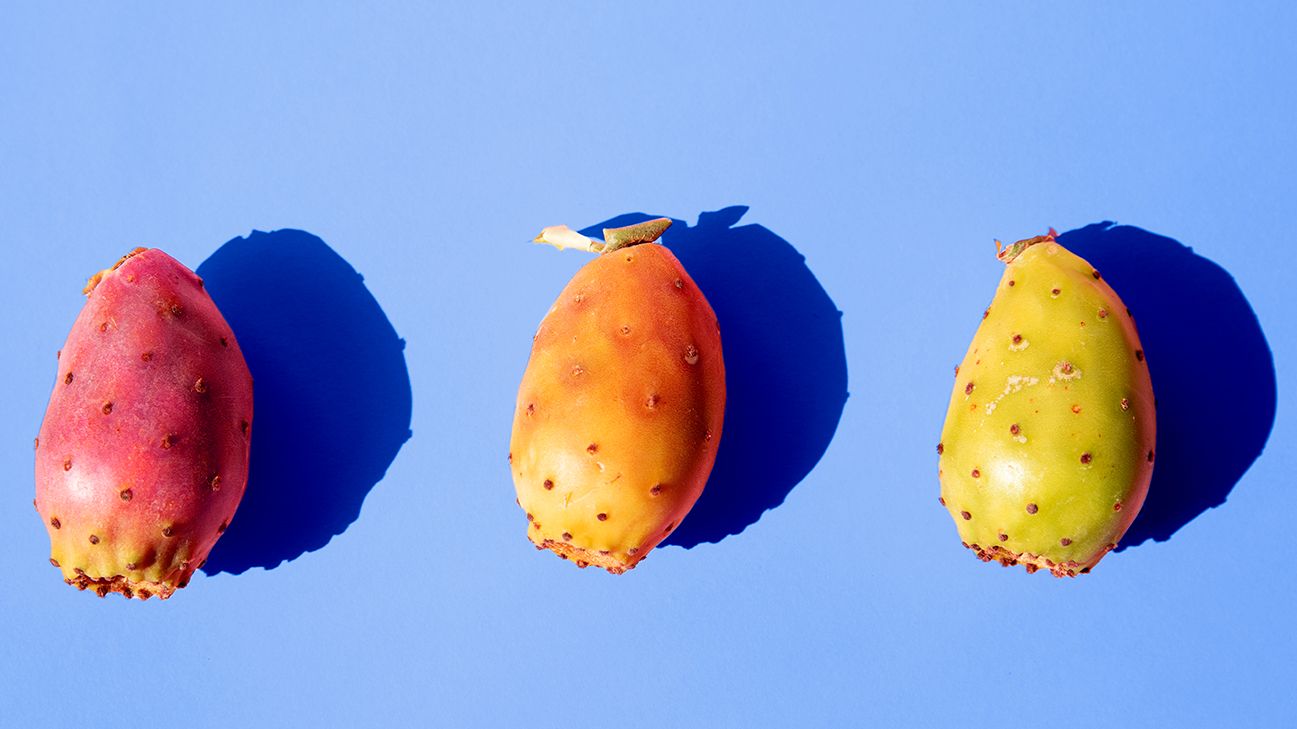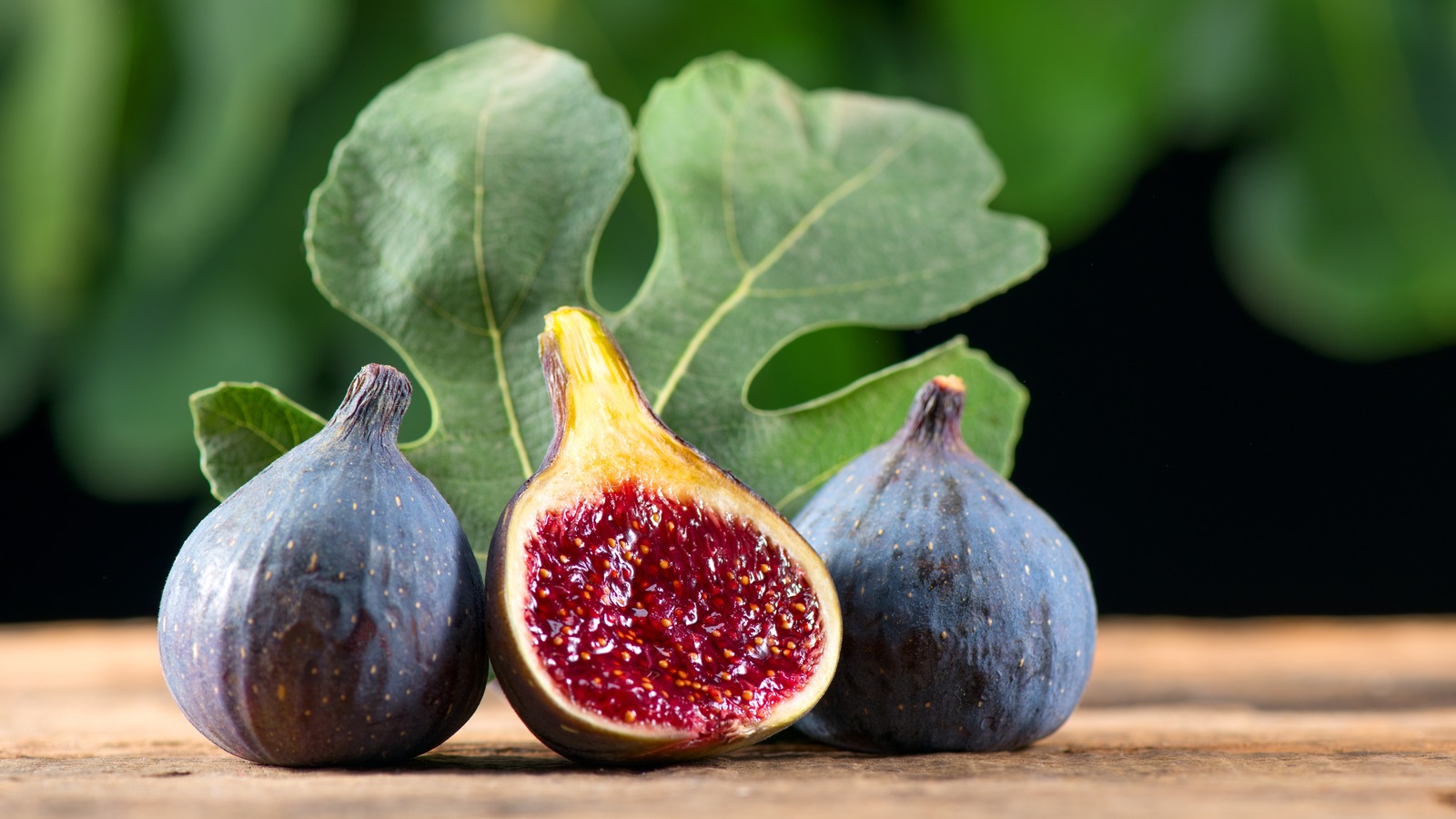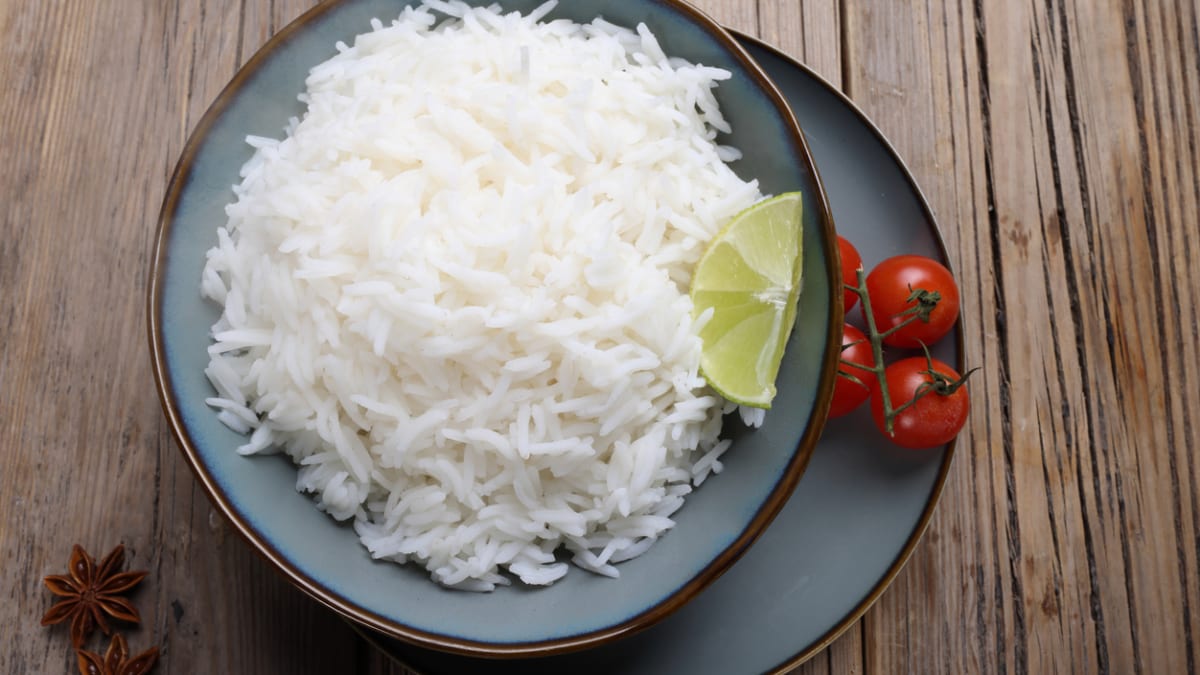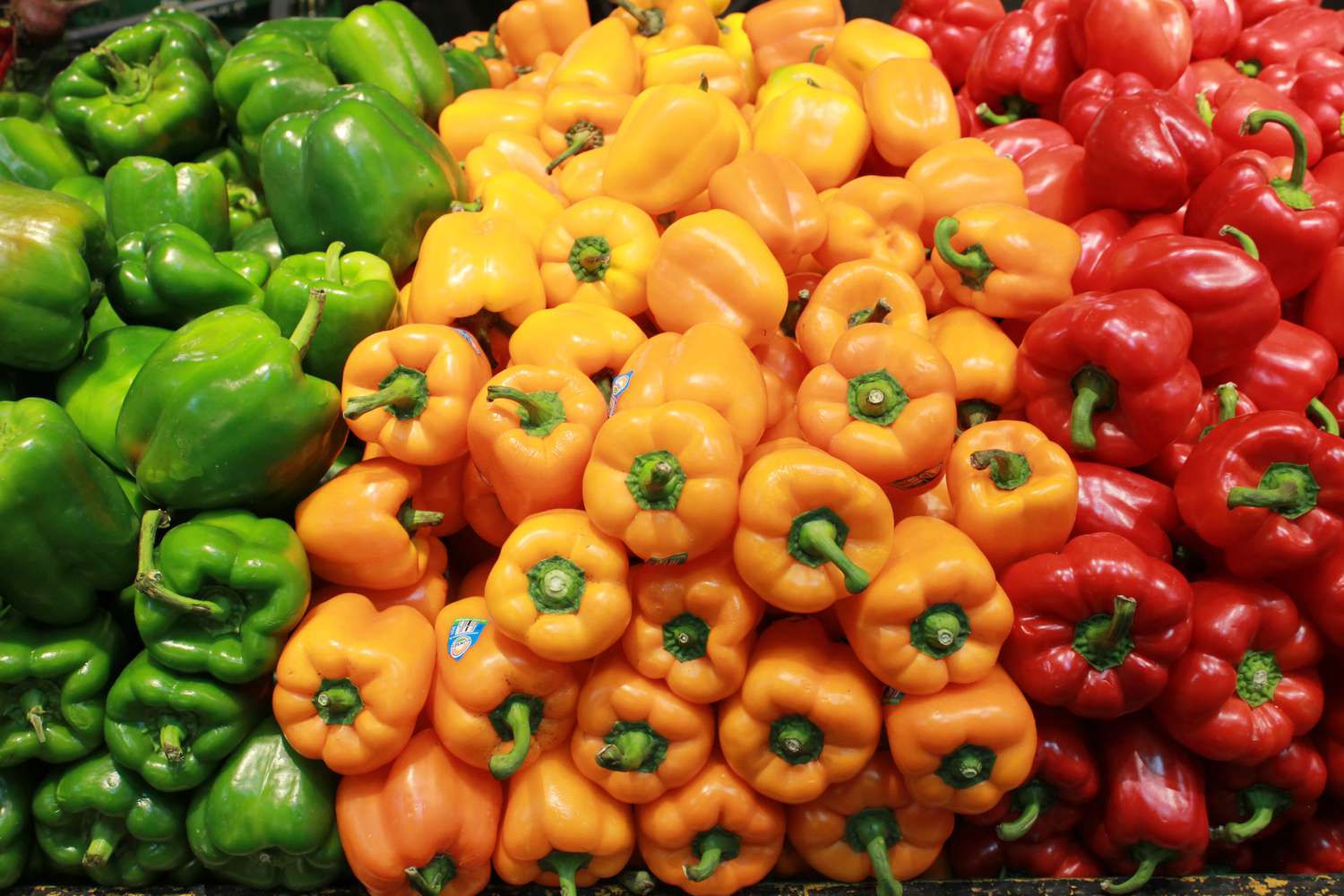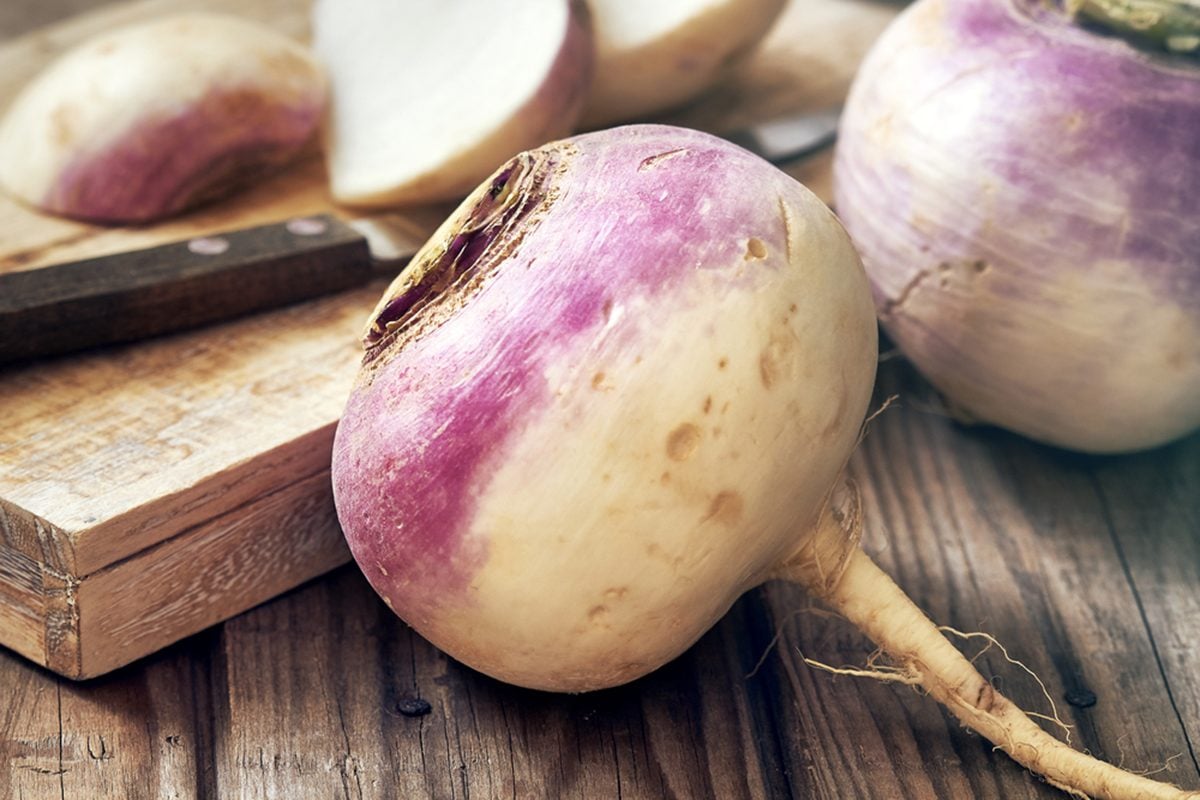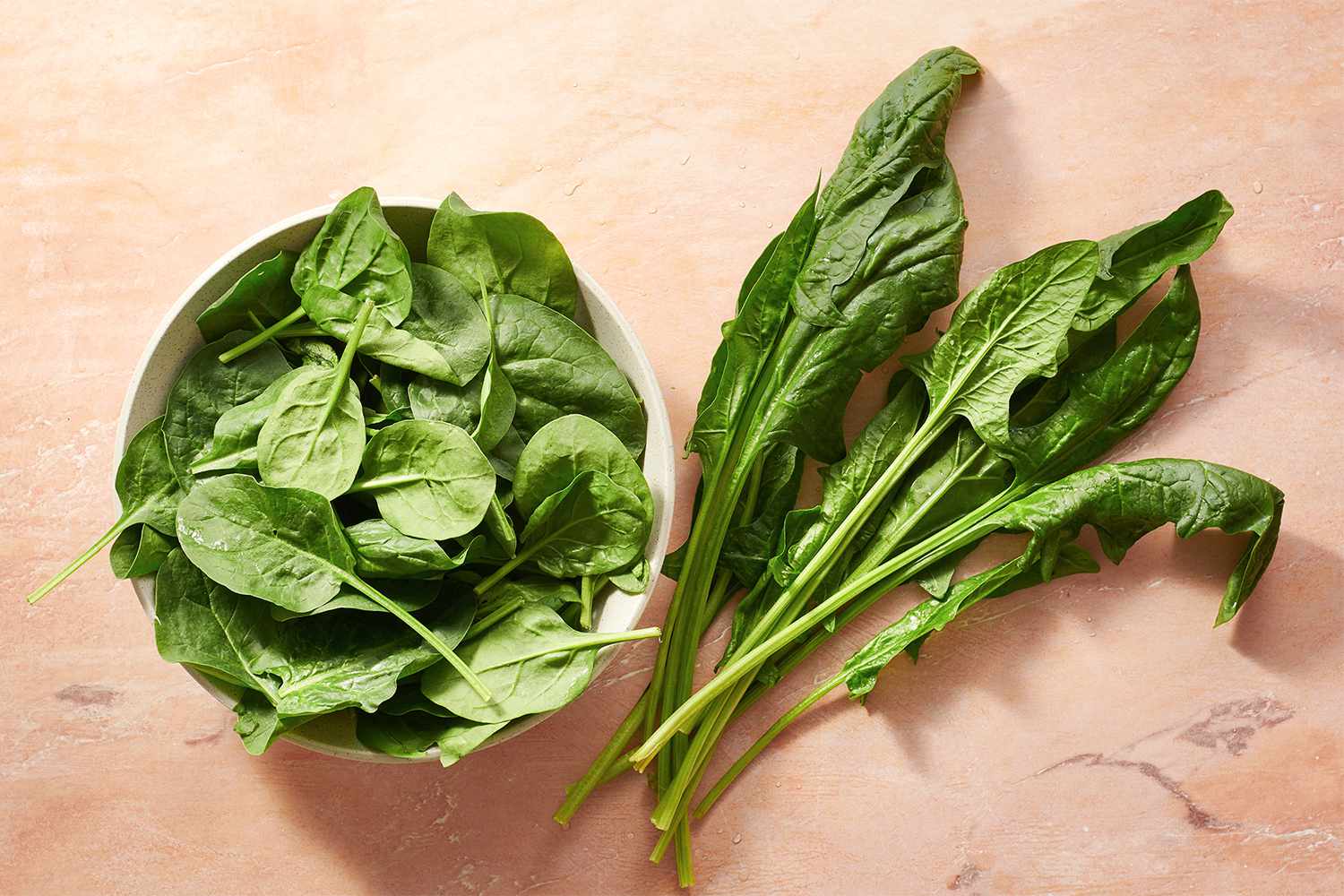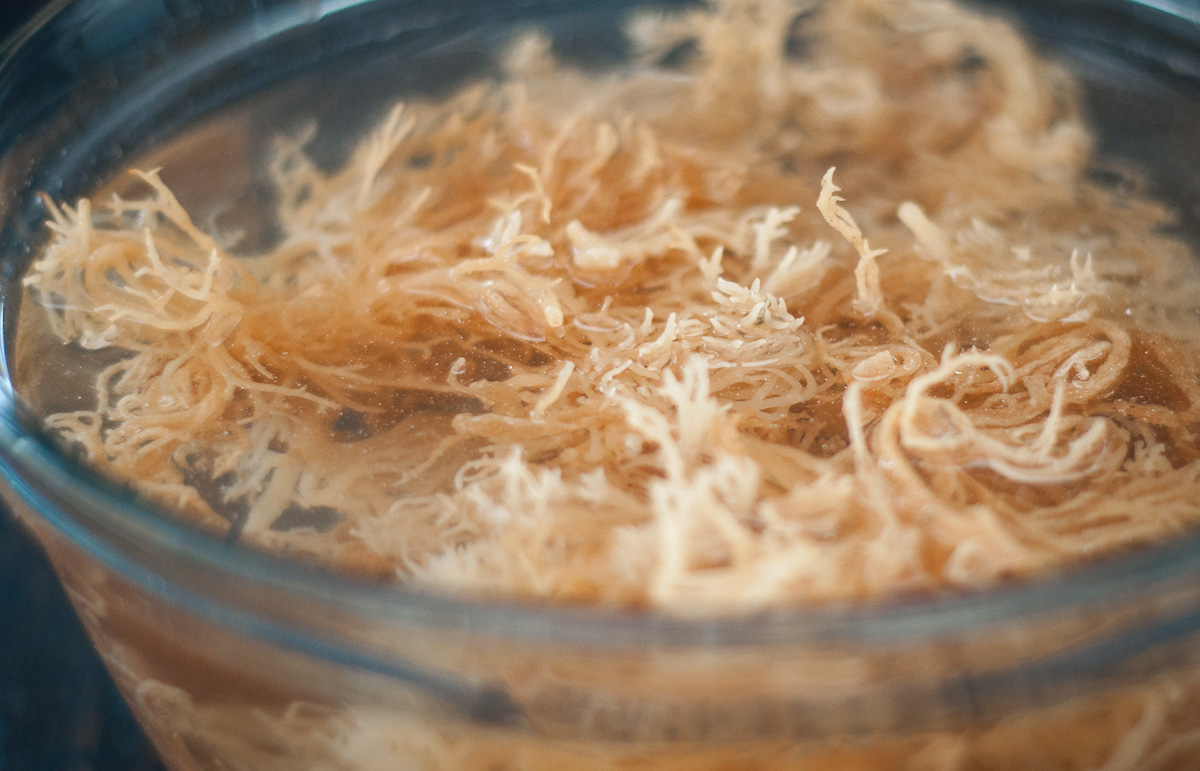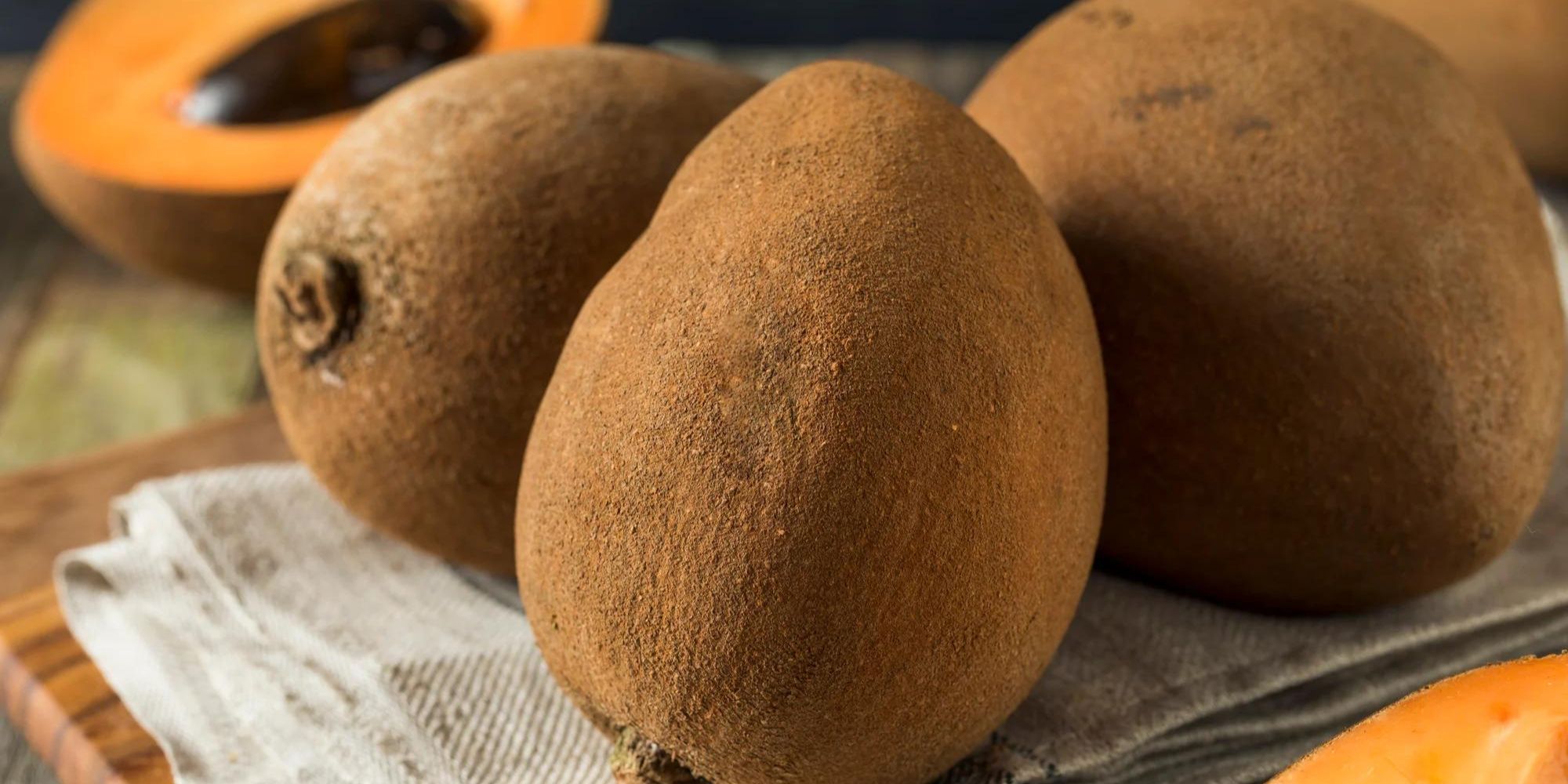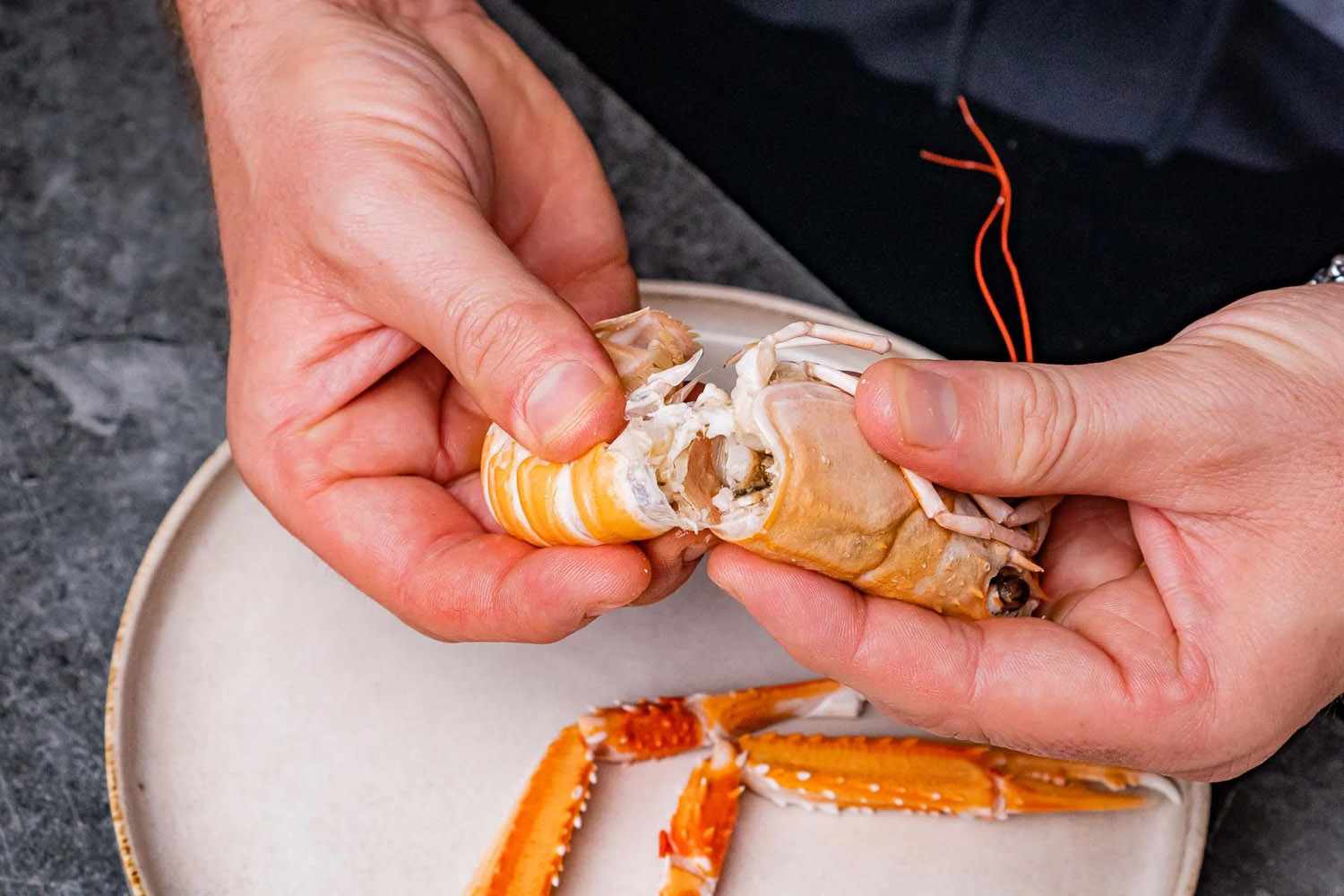Enjoying the Sweetness of Ripe Figs
There’s nothing quite like biting into a perfectly ripe fig and savoring its sweet, luscious flavor. Figs are a delicious and nutritious fruit that can be enjoyed in a variety of ways. Whether you’re eating them fresh off the tree or incorporating them into a recipe, knowing how to choose and eat a ripe fig is essential for getting the most out of this delectable fruit.
Choosing the Perfect Fig
When it comes to enjoying a ripe fig, the first step is selecting the perfect fruit. Here are some tips for choosing a ripe fig:
- Look for figs that are plump and tender to the touch. Ripe figs should give slightly when gently squeezed.
- Check the color of the figs. Ripe figs will have a deep, rich color, such as purple or brown, depending on the variety.
- Inspect the stem end of the fig. A ripe fig will have a slightly open or split end, indicating that it is ready to eat.
Preparing Ripe Figs
Once you’ve selected the perfect fig, it’s time to prepare it for eating. Here’s how to do it:
- Gently rinse the fig under cool water to remove any dirt or debris.
- Pat the fig dry with a clean towel.
- Trim off the stem end of the fig, if desired.
Ways to Enjoy Ripe Figs
Now that you have a perfectly ripe fig, it’s time to enjoy its delicious flavor. Here are some simple and delightful ways to eat a ripe fig:
- Eat it fresh: Simply bite into the fig and savor its sweet, juicy flesh.
- Slice it: Cut the fig into thin slices and enjoy it on its own or as a topping for yogurt or oatmeal.
- Pair it with cheese: Figs pair beautifully with a variety of cheeses, such as goat cheese or blue cheese.
- Make a salad: Add sliced figs to a fresh green salad for a burst of sweetness.
- Bake it: Roast figs in the oven with a drizzle of honey for a delectable dessert.
Health Benefits of Figs
In addition to their delightful flavor, ripe figs also offer a range of health benefits. Figs are a good source of fiber, potassium, and antioxidants, making them a nutritious addition to your diet. They can help support digestive health, regulate blood sugar levels, and contribute to overall well-being.
In Conclusion
Learning how to choose and eat a ripe fig allows you to fully appreciate the natural sweetness and nutritional benefits of this wonderful fruit. Whether enjoyed on its own or incorporated into a recipe, a ripe fig is a true delight for the taste buds. So, the next time you come across a plump, tender fig, be sure to savor every delicious bite!
